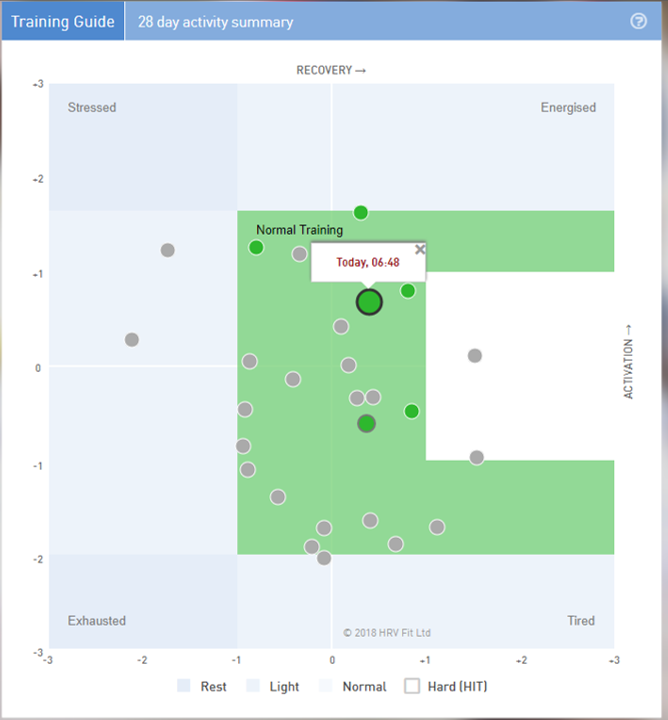Tip #5: What is your resting heart rate?
Obesity levels for the senior population in the U.S. are now over 40 percent. If you are a former high school/college/post-college athlete who has been on the couch for the past 20-30+ years, this series of twice-monthly tips will show you how to resume an active lifestyle.
Fortunately, numerous studies have confirmed that it is never too late to resume an active lifestyle. I will show you how to reduce your fitness age, a more reliable indicator of longevity than your BMI, by 20+ years over the next 12-24 months. You will definitely be healthier, happier, and an inspiration for your family, friends, and colleagues. What’s better than that?
How do you calculate your resting heart rate?
Know your numbers. The most accurate way to track your resting heart rate (RHR) is with a wearable fitness device, such as a Fitbit (about $100). The American Heart Association notes that a normal resting heart rate ranges from 60 to 100 beats per minute (bpm) for adults. Medical experts also agree that a lower resting heart rate can indicate a more efficient heart function and cardiovascular fitness, as highly conditioned athletes typically have a resting heart rate of 40 to 60 bpm.
Weight plays a part. Fitbit data shows a correlation between RHR and Body Mass Index (BMI). Body size doesn’t have a huge impact on pulse overall, but if a person is obese, they might see a higher resting pulse than normal, but usually not more than 100.
Improve RHR with endurance exercise. Harvard Medical School found that walking reduced the risk of cardiovascular events by 31 percent and cut the risk of dying by 32 percent, with the benefits being equal in men and women. The benefits were evident even at distances of only 5.5 miles per week and at a casual pace of about 2 miles per hour. However, intervals and high-intensity exercises, such as swimming and cycling, are an efficient way to change RHR numbers. In general, aim for 30-40 minutes of medium intensity exercise at least four days a week.
What have I learned?

There is a second measurement that I check every morning. It is my heart rate variability (HRV). A healthy heartbeat contains healthy irregularities. HRV is an indication of not just cardiovascular health, but overall health and general fitness. It tells me if I’ve recovered from yesterday’s workout or race.
I use my heart rate monitor on my chest strap paired with an app on my smartphone. The reading takes less than three minutes. The result is a color-coded number, either GREEN, AMBER, or RED. I rarely see a RED number, which indicates that recovery is incomplete and no workout should be attempted. After two taxing multi-hour endurance rides on the weekends, I occasionally get an AMBER reading on Monday morning, which means take a rest day or an easy recovery ride. Typically, my HRV reading is GREEN, especially after a good night’s sleep of 6+ hours. 
Any questions?
Tip #6 Preview: How intensely should I exercise?
